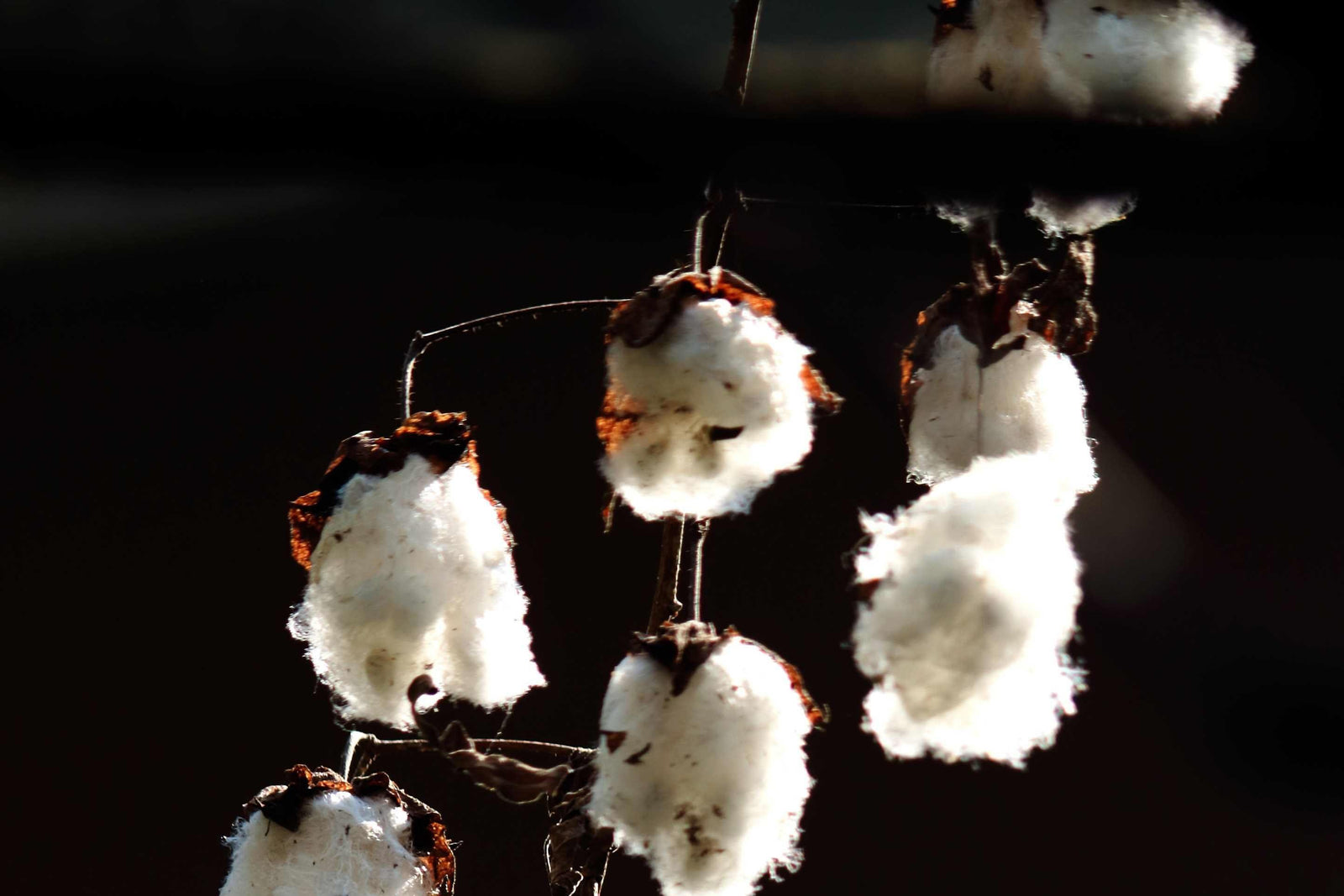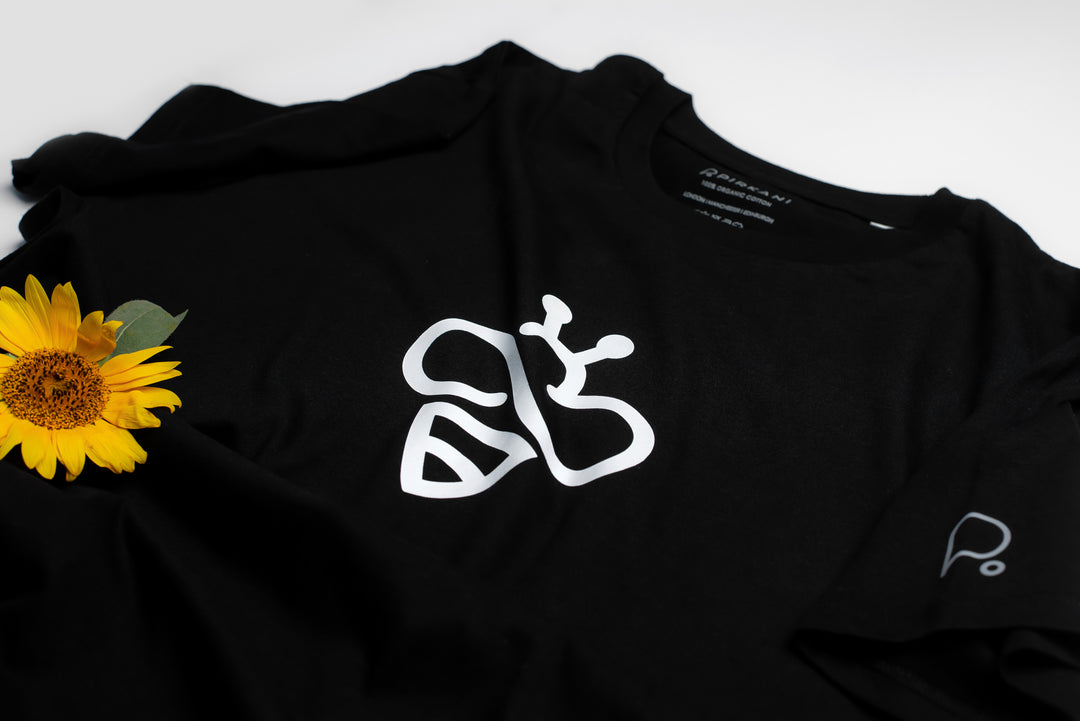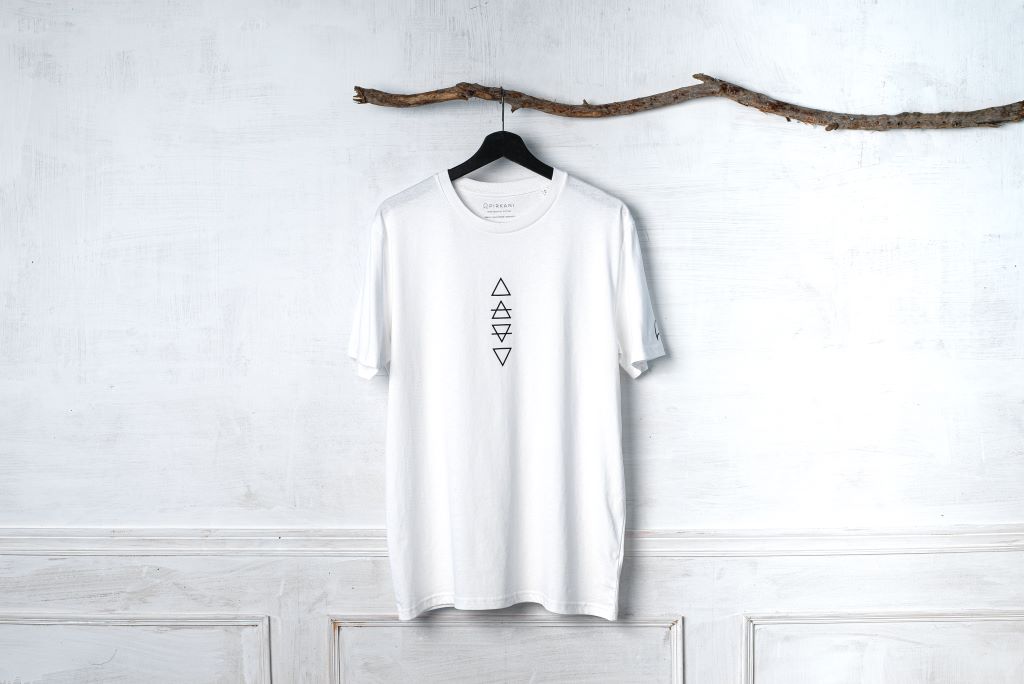Saving the planet with sustainable fabrics: is your closet green?

If you’re new to sustainable fashion, you may have some questions: what makes a sustainable fabric? How is it different than conventional fabric? How is it beneficial for the eco-system? Our health and of farmers and factory workers who make the raw material? You may be wondering where to turn to for garments made from sustainable fabrics and what to watch?
What makes a fabric sustainable and eco-friendly or in simple terms ‘green’ depends on its carbon footprint on the environment, which involves the footprint during cultivation, harvest, production, and disposal.
In this article, we’ll share some of our favourite sustainable fabrics, why we consider them eco-friendly and how they would make a great addition to your closet the next time you’re looking for a piece of clothing. Please remember, only buy what is essential and always recycle.
1. Organic cotton
Organic cotton is one of the most widely used sustainable fabrics in the world. It’s natural, durable, and readily accessible to many, which makes it such a popular choice. Organic cotton is sustainable as it consumes 88% less water and 62% less energy, and no harmful or toxic chemicals like pesticides or insecticides during its growth. Organic cotton apparel is 100% biodegradable, recyclable or composted naturally to become one with the earth again. Wait, did we miss out on the carbon-footprint? Textile Exchange reports that organic cotton emits 46% less carbon dioxide than conventional cotton. A giant leap towards climate change.
While we are talking about organic cotton, we must emphasise the health of those who grow what we wear and assess environmental and health effects. Pesticide Action Network UK (PAN-UK) reports that the use of certain toxic pesticides can cause a range of severe illnesses and diseases from respiratory problems to even cancer. An estimated 1,000 people die every day due to acute pesticide poisoning, with numerous chronic diseases.
2. Recycled cotton
Recycled or regenerated cotton is also gaining popularity as a sustainable fabric. It has the potential to reduce energy and water consumption as it makes use of the massive amounts of scrapped cotton- at pre-consumer stage and dumped cotton – at the post-consumer stage, including that from apparel, towels, and other household items. These are unlikely to run out soon, cutting out the need for production of new raw material! The quality of recycled cotton generally doesn’t match that of fresh cotton. It mainly comes from scrapped cotton; nevertheless, some manufacturers have brought in innovation and technological advances to surpass virgin cotton’s quality. Interest for recycled apparel has grown over the years; a recent survey has shown that an estimated 32% of consumers would look out for recycled clothing while upgrading their wardrobe.
3. Hemp
Hemp is one of the most underrated sustainable materials, and some consider it to be still in its infancy. It is made from the hemp plant – which is not the same one as marijuana. The hemp plant, from which the fabric is made has little to no psychoactive effects. For a different purpose, these have been breeding for centuries – one to create strong and durable fibres, the other to provide psychoactive effects- the high. Unfortunately, some countries still throw both under the same regulations, which has limited the use of hemp fabrics in recent years.
It’s a shame because hemp might be the single most sustainable fabric known to humanity and identified as a carbon-negative raw material. The hemp plant is very resilient and can grow even in poor quality soil (actually enriching it as it grows) with little water and pesticides. Hemp fabric is strong and durable with a similar feel to linen but is often mixed with other materials such as lyocell (more on this later) to give it a softer touch. It has very high UV protection levels, keeps you warm in winter and cool in summer and gets softer after each wash. Did you know that hemp has antibacterial properties and fights odour?
4. Linen
Since ancient times, linen is a prevalent material in the apparel industry due to its ability to give a soothing and cooling effect. In many ways, it is similar to hemp – it’s a strong fabric which comes from a resilient plant (the flax plant) which doesn’t need much water, fertilisers, or any pesticides. However, in comparison to hemp, linen is more widespread in today’s sustainable fashion market because there are no bans imposed on its farming.
Another great thing about linen is the versatility of the flax plant, which helps reduce agricultural waste. Linen is a durable material, and if worn with care, it can last for years.
5. Lyocell
Lyocell- also called the ‘tree’ fabric or by the branded name Tencel, is a human-made fibre derived from wood pulp. Most human-made fibres nowadays are made from plastic or fossil fuels (including polyester, nylon or acrylic) and contribute to plastic pollution – in contrast to that, lyocell- derived from wood pulp shares many of their benefits without the massive environmental toll as it is 100% biodegradable.
The resulting material is soft, breathable and does not wrinkle. The manufacturing process of lyocell is also sustainable as it requires much less water than other fabrics in the list. While this is by far the newest of the materials on this list, its use is expanding rapidly and hopefully; we can see more of it in sustainable fashion collections soon! Look out for Pirkani Lyocell collection.
6. Bamboo
Bamboo is another plant-based fibre made from a renewable biopolymer. It is highly absorbent, wrinkle-free and helps to keep you warm in winter and cool in summer. Its antibacterial and antifungal characteristics make it a popular choice for inner-wear.
The bamboo plant grows rapidly, and its replantation is not required even after the harvesting of its shoots. Furthermore, it’s chemical-free cultivation makes bamboo a sustainable and renewable fabric.
7. Wool and Cashmere
Wool and cashmere are animal-based products but environmentally friendly. They are natural and fully biodegradable and can hold dye without the need for chemicals. Wool is robust, durable and wrinkle-free, whereas cashmere is soft and cosy. The latter is a favourite in many closets. They can absorb much more moisture than any other material without losing their form or quality.
However, ethical issues are involved with producing these fabrics, such as treatment given to the animals growing wool and a higher emission than other plant-based materials. There is an option of sustainable cashmere that addresses the environmental issues and ensures that any emissions minimum.
While other sustainable fabrics are available on the market, these are our favourites for their sustainability impact. Are these already in your closet?
Think Sustainable.
At Pirkani Apparel, we believe that our impact today will have crucial effects on our future generations. We do our best to protect our planet Earth, preserve and conserve its natural resources and the fragile eco-system. At the same time, we deliver high-quality, sustainable apparel that our consumers love and wear with pride. We are committed to conscious clothing and fair-trade practices that support every member in our eco-system, from farmers to consumers. While we do it, although we may be taking plants from Mother Nature in the making of our apparel, we ensure our carbon impact is negative, and we give back just as much by planting trees for every piece of clothing that we produce.






Leave a comment